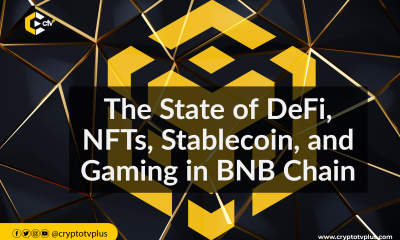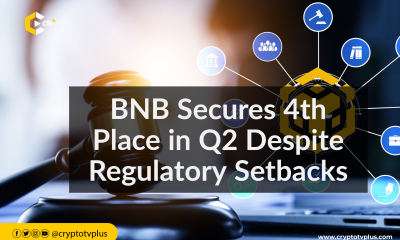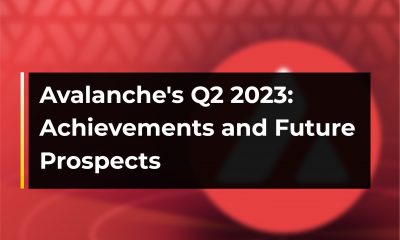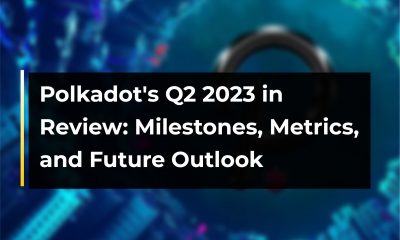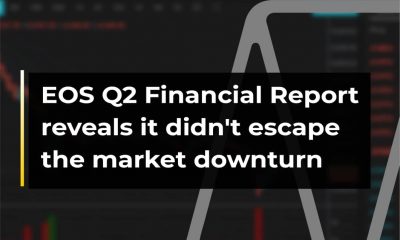News
Triumph in Q2: The Secrets Behind Synthetix Protocol’s Stellar Growth

The crypto market has experienced its fair share of ups and downs since 2022, with events like the Terra-LUNA implosion and the FTX collapses adding fuel to the fire. Market conditions across the globe have only exacerbated these challenges, creating a ripple effect on the crypto market.
Despite the growth of various players in the industry, the market has yet to fully recover even in the second quarter of 2022. In this article, we’ll delve into the performance of the Synthetix protocol during the previous quarter.
According to a Messari report, DeFi protocol Synthetix, experienced significant growth in the second quarter of the year following its successful performance in the first quarter. The data shows that the protocol’s volume increased by 170% between Q1 and Q2, surpassing $11 billion in total transactions processed.
The Synthetix Protocol is an Ethereum-based decentralized finance (DeFi) platform that enables users to create and trade synthetic versions of different assets, such as cryptocurrencies, fiat currencies, and commodities.
Synthetic assets on Synthetix mimic the value of their underlying assets by utilizing oracles such as Chainlink, Pyth, or Uniswap V3 TWAP to track prices. At the core of the Synthetix Protocol lies its native token, SNX. SNX serves as the protocol’s governance token and collateral for the synthetic assets created on the platform.
Users can stake SNX as collateral to mint sUSD, the Synthetix stablecoin, which can then be traded for other synthetic assets within the platform. The Synthetix Protocol employs a unique mechanism called “Synths” to represent these synthetic assets, which can be spot assets or perpetual futures contracts.
Improved product yielded higher usage
In Q2, the Synthetix protocol experienced an increase in transactions. This growth can be attributed to several factors highlighted by Messari:
- Consistent product traction from Synthetix Perps
- Enhancements in front-end platforms like Kwenta and Polynomial
- Improved user experience with reduced execution delay
- A wider range of underliers compared to competitors
- The cost-reducing Optimism Bedrock upgrade.
Additionally, Synthetic recorded another advantage in Q2. The protocol paid out incentives totaling $3.4 million to traders, covering the fees they incurred while using the platform. Synthetix plans to continue providing these incentives until September.
With the approval of Synthetix Council’s SCCP 293, trading fees on Synthetix have become more competitive compared to other CEX and DEX platforms. These fees include skew fee, utilization fee, and interest rate.
Furthermore, Synthetix has adjusted its inflation schedule for stakers to target a below 5.5% annualized rate in Q3. This adjustment increases rewards for stakers. It is now standard protocol that stakers “cannot claim yield on their stake if they are below the required minimum 500% collateral ratio.”
In terms of product updates, Synthetix has launched atomic swaps, which make it easier and faster to convert certain tokens while minimizing slippage for traders.
Read also;
XRPL Demonstrates Resilience Amid Evolving Crypto Landscape in Q2



